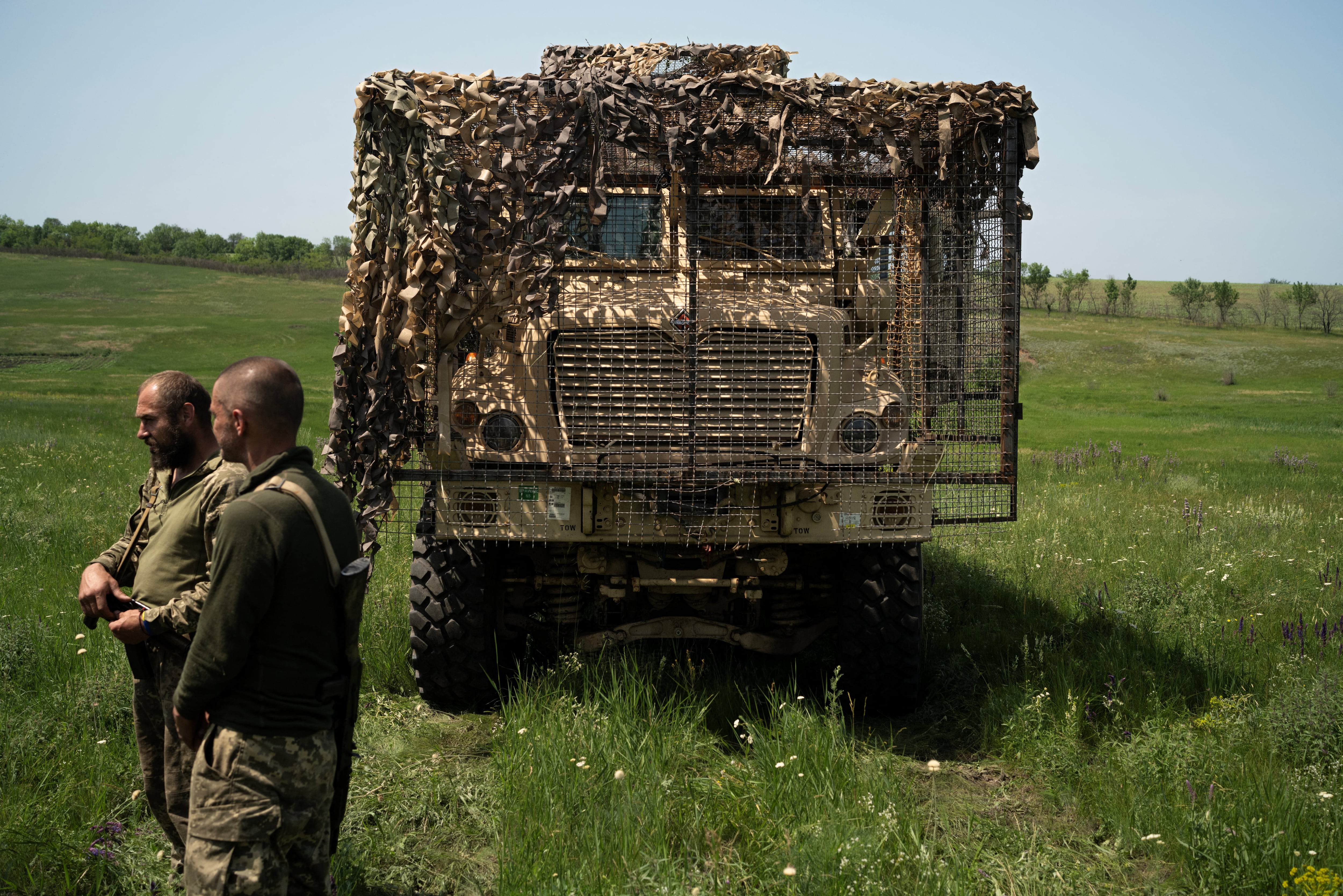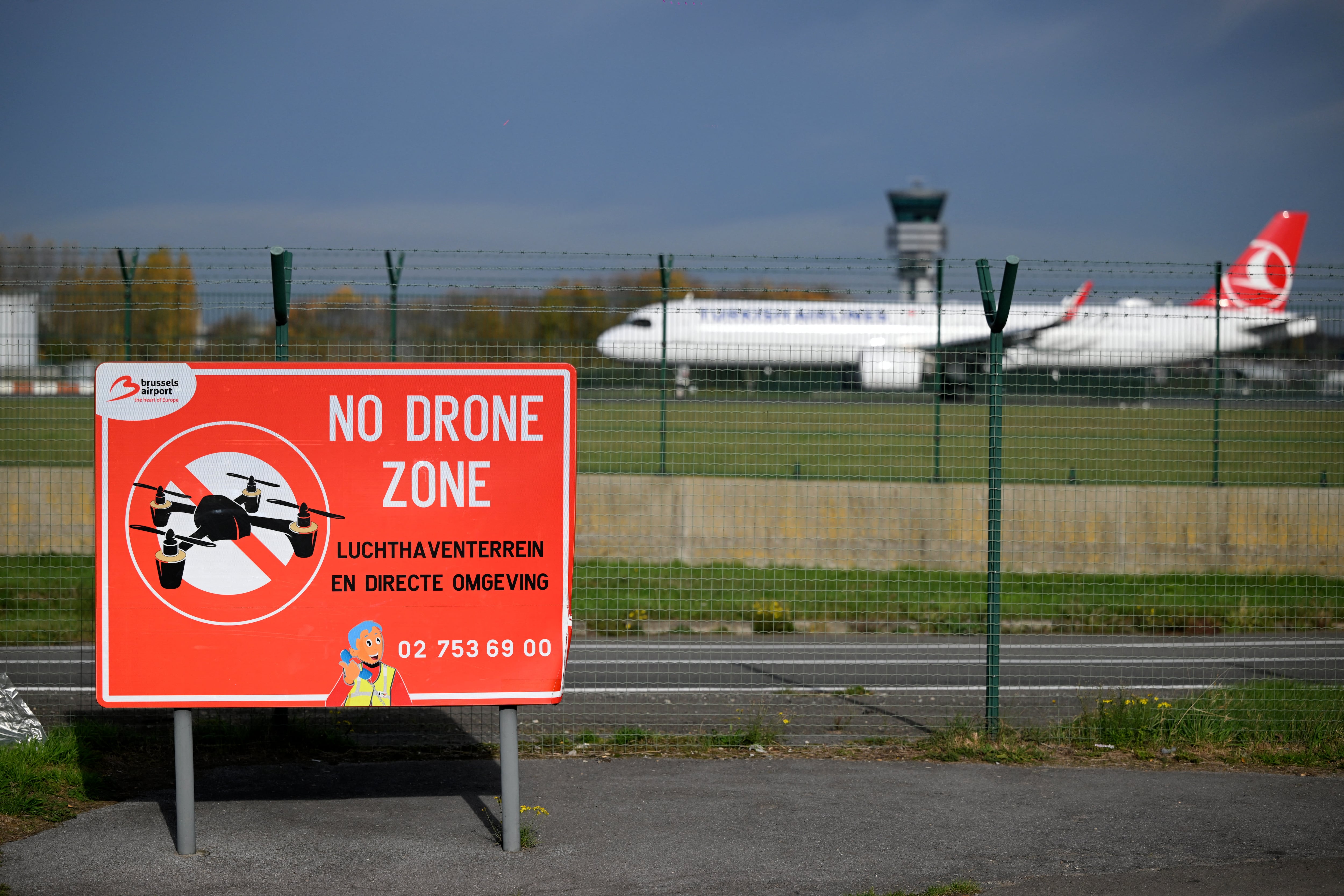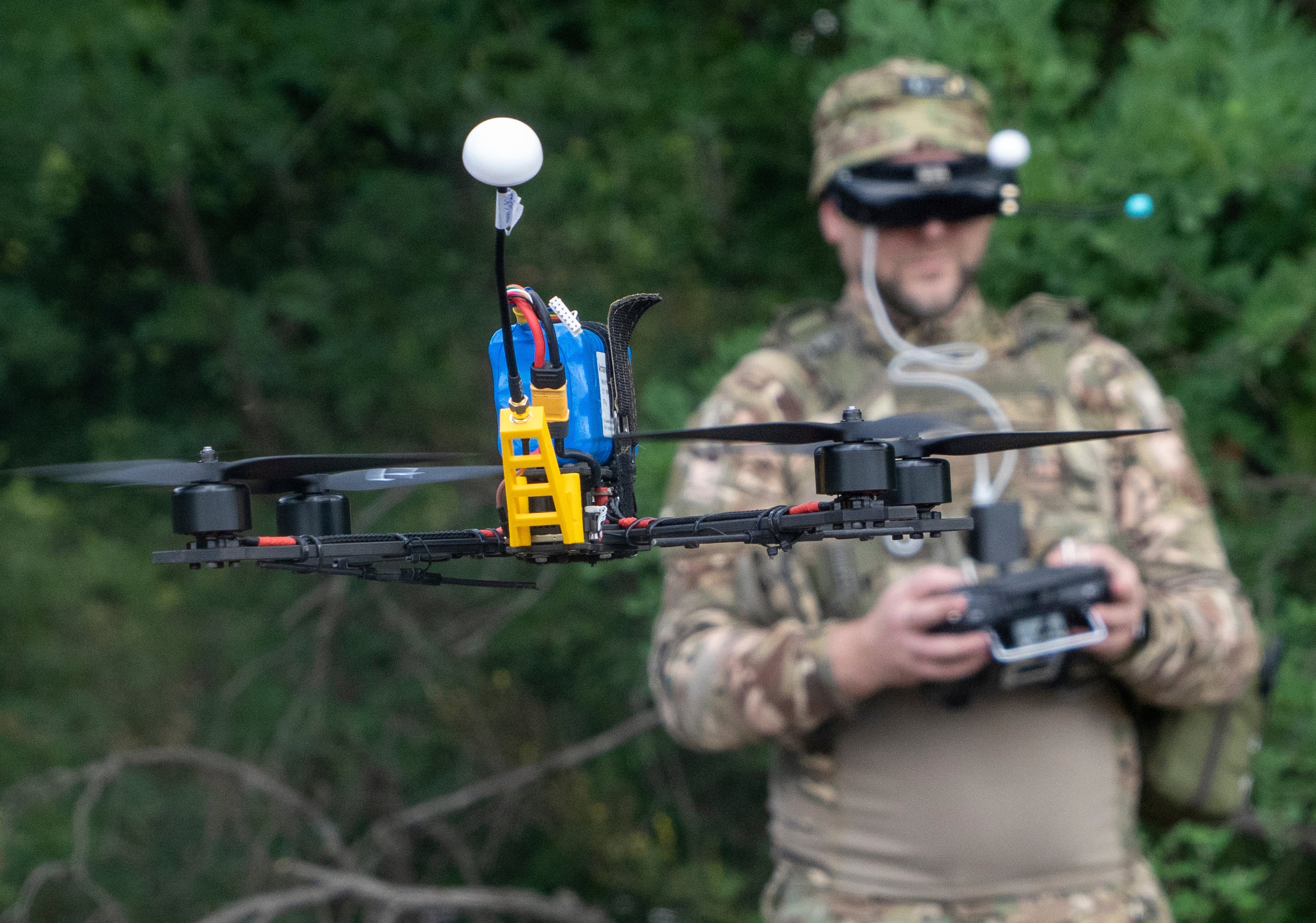One of the common criticisms levied against the current intelligence architecture — both within the military and intelligence community — is reliance on stovepiped, closed architecture systems. The Air Force is taking steps to address these concerns as it relates to its Distributed Common Ground System (DCGS), the primary intelligence, surveillance and reconnaissance planning and direction, collection, processing, exploitation, analysis and dissemination system for the Air Force.
In partnership with Air Combat Command and the Air Force Research Laboratory, a battle management team has been working to improve the capabilities for war fighters processing and disseminating the intelligence information from DCGS and make transitions to a more open architecture, the Air Force said in a release.
"The current system's closed architecture causes airmen to spend time performing tasks not related to their primary analytical duties. Each system was designed for a single and specific purpose, which limits the flexibility to adapt and update the system to meet current operational needs and a changing global threat," Lt. Col. Joshua Williams, Air Force DCGS Branch materiel leader told C4ISRNET in an email. "To ensure rapid response to changing threats and intelligence, AF DCGS System Program Office (SPO) partnered with Air Combat Command (ACC) and Air Force Research Laboratory (AFRL) to develop an open and agile architecture, enabling a plug-and-play-type environment. A key feature of this environment was leveraging already existing capability and incorporating that capability for the benefit of AF DCGS operators."
The closed system, Williams said, suffered from isolated designs, non-agile processes, lengthy deployment cycles, and unsupported and end-of-life hardware and software solutions when it finally became operational. Going forward with the new architecture, the Air Force won't need to engineer the entire system to include hardware and software for every operational capability given it's standardized to support quick capability integration.
The team created, implemented and institutionalized open hardware and software processes along with specifications, and migrated an operational capability to the new architecture in 42 weeks. This reduced analyst evaluation and decision time by more than 60 percent, the Air Force said.
Describing what was done from an open architecture and software perspective to make the system more efficient, Williams told C4ISRNET that the Air Force DCGS leveraged industry and DoD best practices to establish a common infrastructure operating system and enterprise services deployable across the enterprise.
"By leveraging open and established standards, such as Defense Intelligence Information Enterprise (DI2E) and Intelligence Community Technology Enterprise (IC ITE), the team could focus on the integration of already available capabilities to enable a more efficient environment by which to incorporate operational capability," he said. "Since the infrastructure, operating systems, and enterprise services are standard across the enterprise, testing, accreditation and deployment is also more efficient."
Improved capabilities were demonstrated with live data feeds and individuals dispersed in geographically separate locations. Williams noted that operator feedback was positive "across the board."
The Air Force said some of these improvements include single consolidation of disparate operator workflow, enabling the gathering and storing of intelligence in one location for more rapid querying and "drastically" increased target identification time and execution.
The Air Force also noted that this particular work being conducted on open architecture risk reduction is the initial of a three-phase plan. Williams explained to C4ISRNET that the first phase will be conducted in fiscal 2015 to prove the open architecture infrastructure, operating systems and enterprise services, which could support Air Combat Command's time dominant fusion needs.
Phase 2, which he called the piloting phase, is underway and will continue until fiscal 2017. The third phase, termed enterprisewide deployment, is in the planning stages based upon Air Combat Command's requirements, "which will eventually enable quick enterprisewide capability deployment, based on a common infrastructure to combat an ever-changing threat environment," he said.
"Currently, AF DCGS is operating on the legacy stovepipe systems and supporting 24/7/365 global operations. The AF DCGS open architecture (OA) is leveraging a piloting approach to continually mature the capability and supporting processes to ensure global operations are not impacted while the OA pilots are being deployed," Williams continued. "The intent of the pilots is to prove the operational capability executing in the OA environment works as well or better than the existing system. Once proven, the pilots will be deployed throughout the AF DCGS global enterprise."
Pilots have been installed at five locations, and the infrastructure-as-a-service authorization is to operate for three years. Williams said this IaaS accreditation is a key milestone for the piloting phase given that "the accredited infrastructure can now be replicated enterprisewide, which reduces the deployment timeline, as well as containing key cybersecurity features available to all operators."
"We have streamlined processes to support agile development and capability development, allowing for incorporation of new applications in weeks, instead of months or even years. The open architecture is truly a force multiplier for (Air Force) DCGS," he said.
Mark Pomerleau is a reporter for C4ISRNET, covering information warfare and cyberspace.








